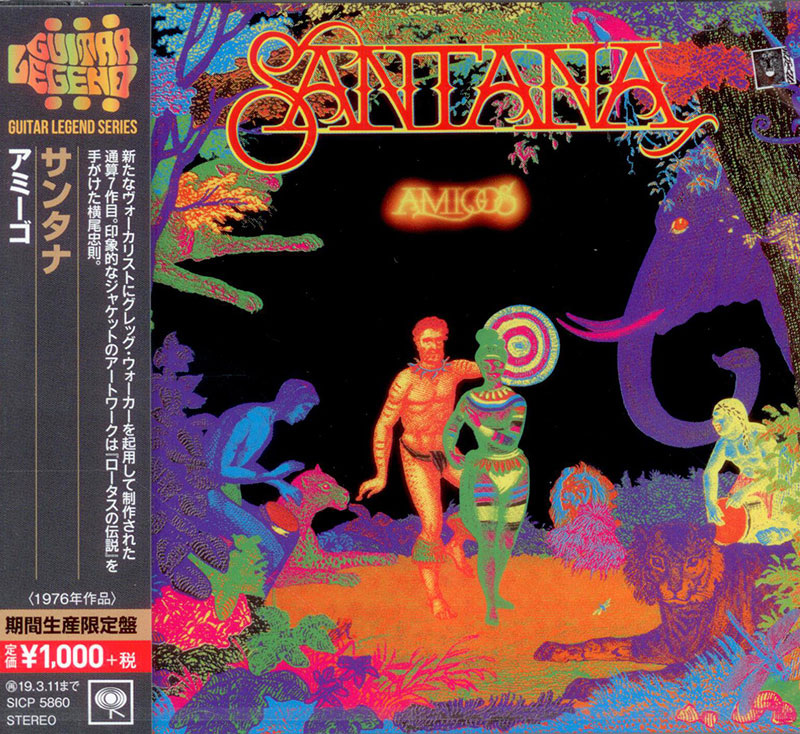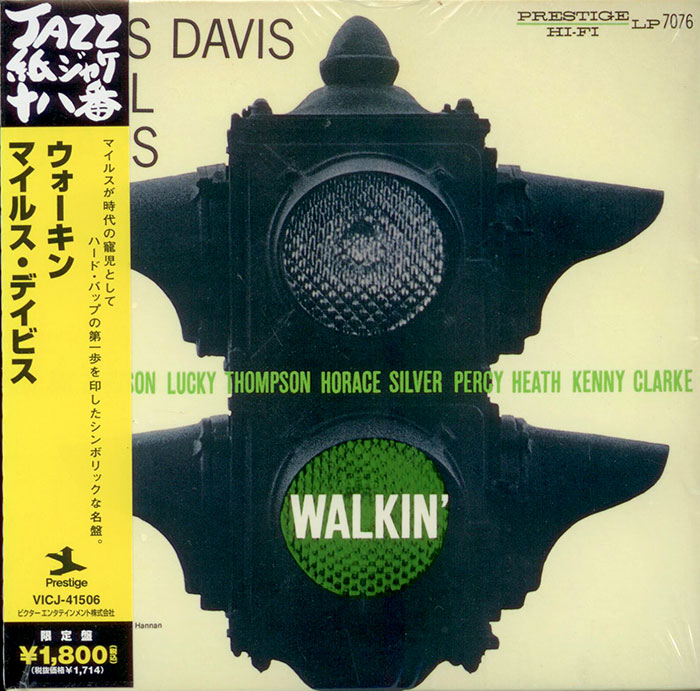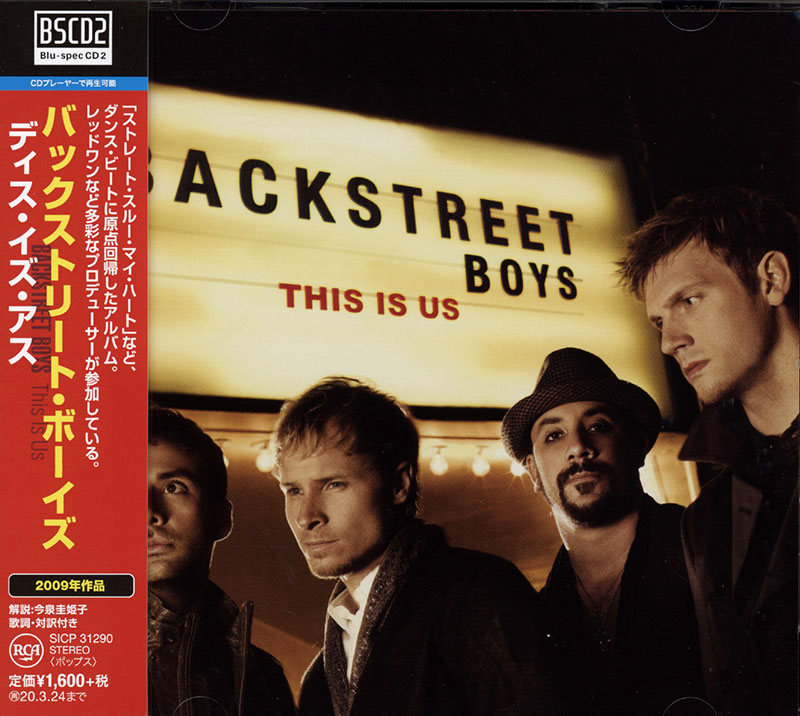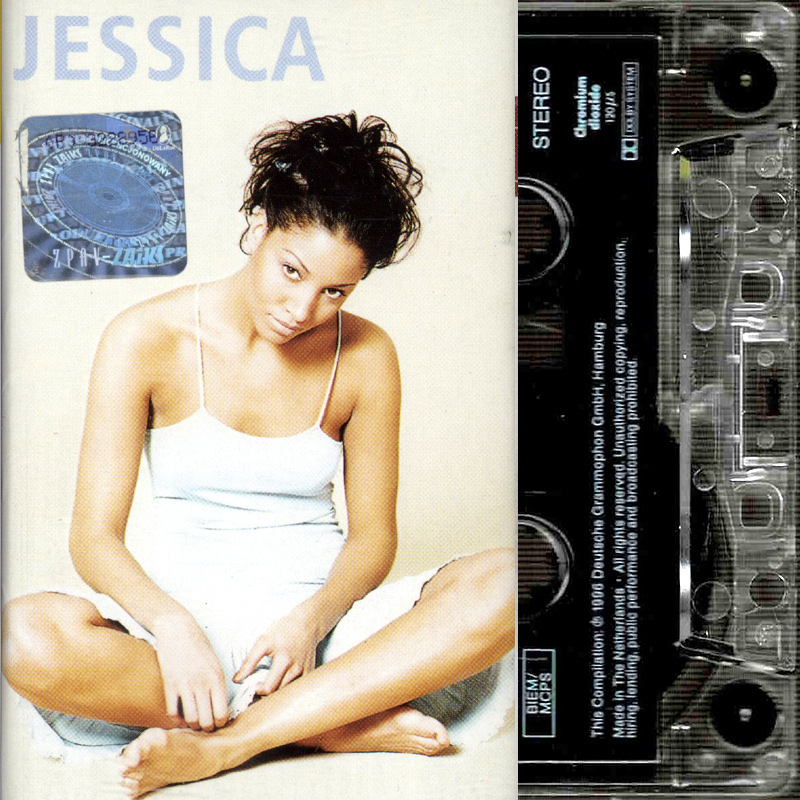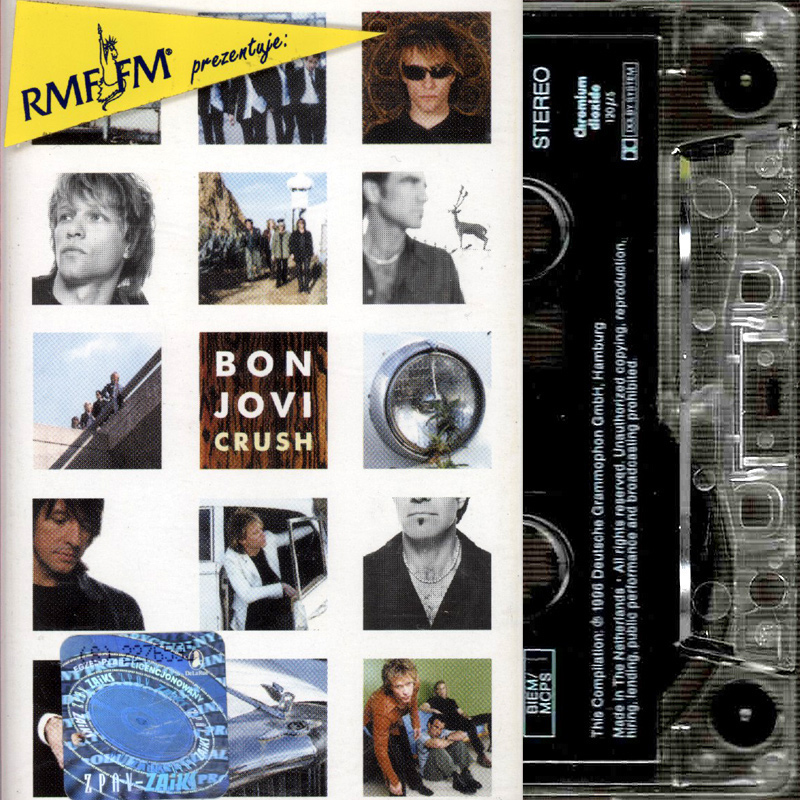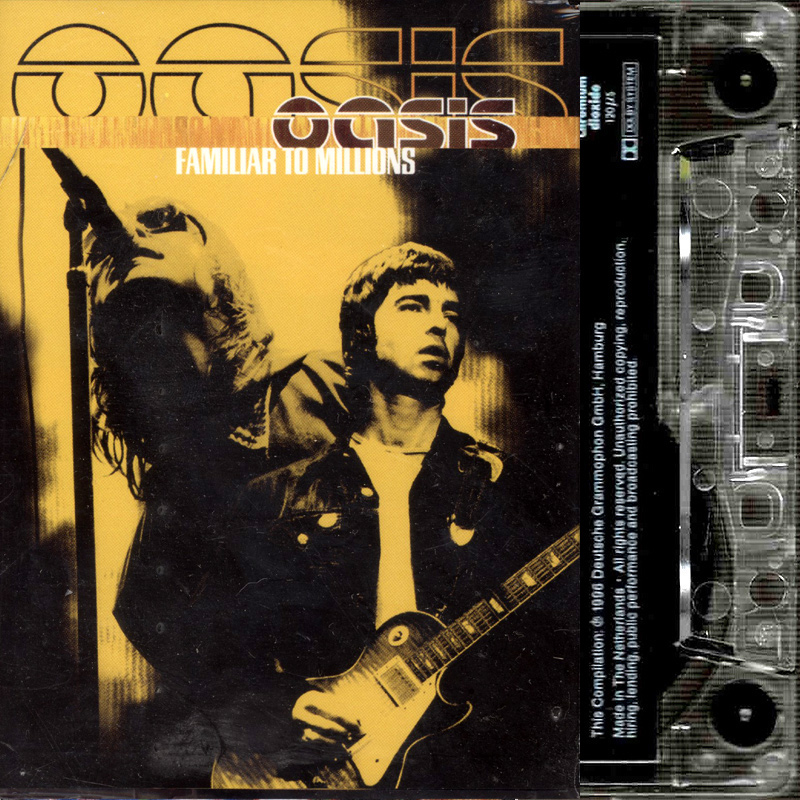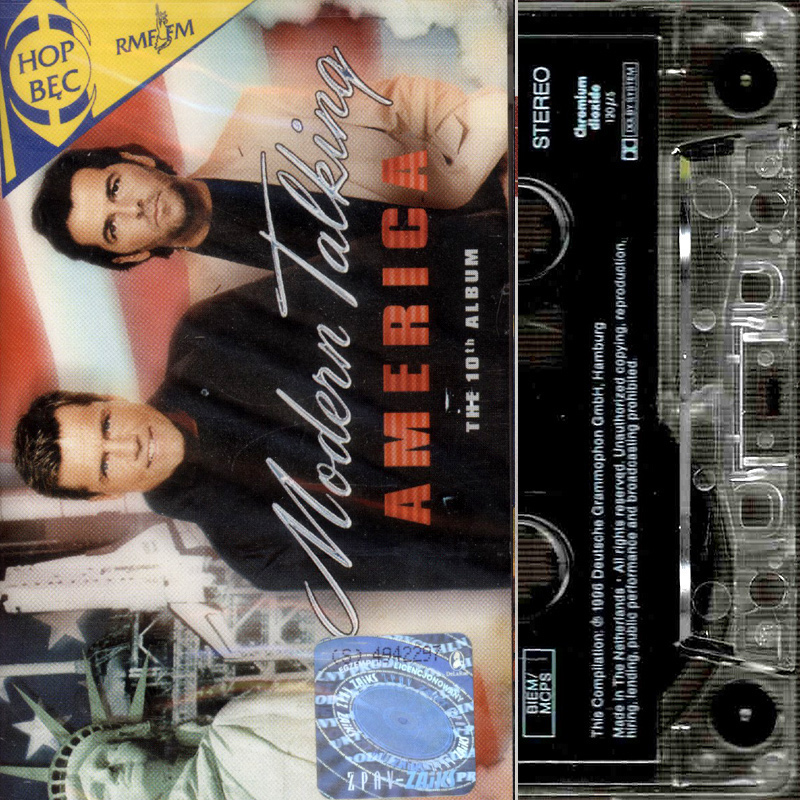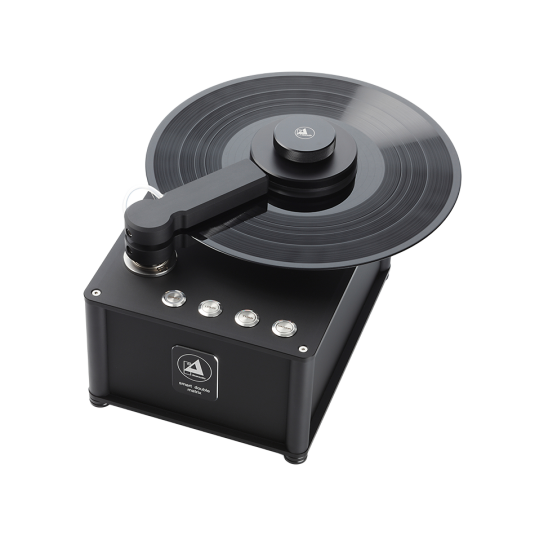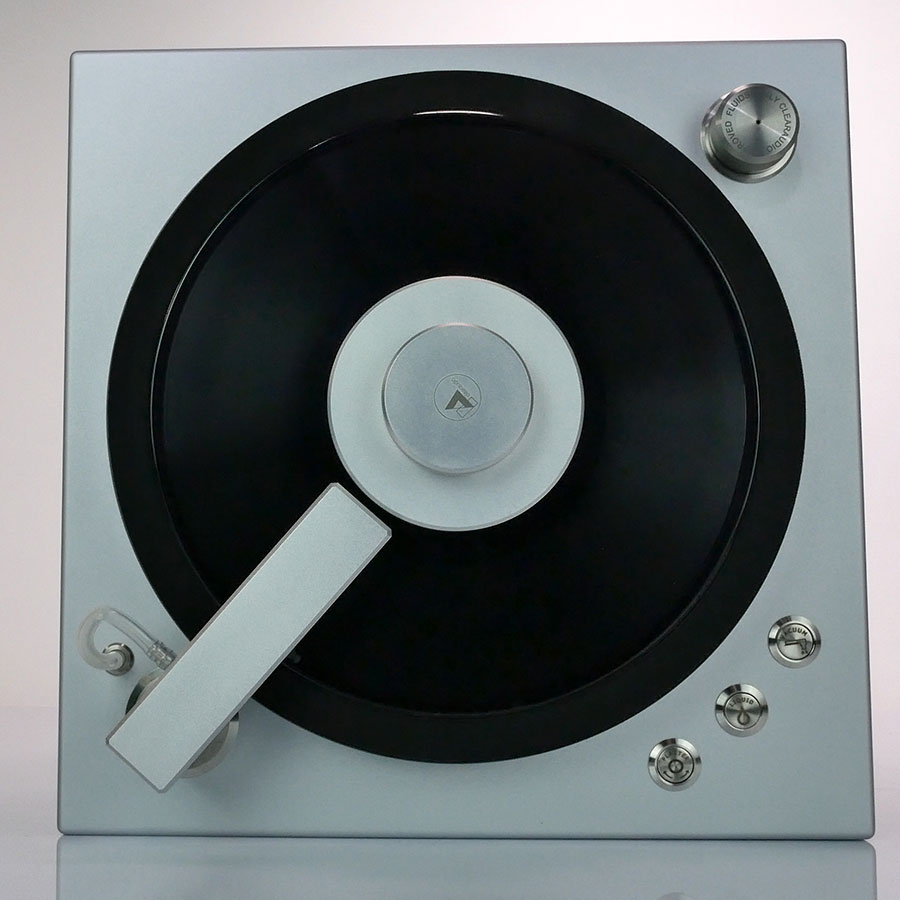Logowanie
Mikołaj - ten to ma gest!
Miles Davis, Horace Silver, Jay Jay Johnson, Percy Heath, Kenny Clarke, Lucky Thompson
Walkin'
20bit K2Super Coding - ale jak to brzmi!
Kasety magnetofonowe
Winylowy niezbędnik
ClearAudio
Double Matrix Professional - Sonic
najbardziej inteligentna i skuteczna pralka do płyt winylowych wszelkiego typu - całkowicie automatyczna
PAGANINI, Julia Fischer
24 Caprices
- Julia Fischer - violin
- PAGANINI
Paganini: 24 Caprices Review by Blair Sanderson [-] The conventional view of Niccolò Paganini's 24 Caprices puts them among the encores and etudes violinists use to hone their skills and show off their prowess. But Julia Fischer regards them primarily as expressive works that are as rich in lyricism and emotional color as they are in advanced techniques, and her 2010 Decca album shows her considered approach to the music. There's no doubt about Fischer's impressive abilities, which are apparent from hearing the first Caprice, and all the trickiest double- and triple-stops, bowing styles, and various means of articulation that are included in this fantastic work reveal her phenomenal gifts. But as amazing as Fischer's performance is for sheer technique, it is highly pleasurable because of her polished musicality and firm control of every nuance that is either overt or suggested in the music. The notoriously difficult Caprice No. 6, which Fischer plays con sordino, has a special ghostly quality that makes it much more ethereal and Romantic in character than an exercise in playing trills. Even the ever-popular Caprice No. 9, and that favorite of composers of variations, the Caprice No. 24, have a freshness and vitality that come directly from Fischer's genuine feelings, not merely her dazzling skills. Decca's sound is crisp and clean, so the full range of the violin's timbres and dynamics come through without studio boosting. Highly recommended.
 Płyty SHM-CD do odtworzenia we wszystkich typach czytników CD oraz DVD. Gwarantują niespotykaną wcześniej analogową jakość brzmienia, odwzorowują wszystkie walory taśmy-matki. Zdaniem specjalistów - ten nośnik i ta technologia najlepiej - bo natywnie, przenosi na krążek CD wszystkie walory nagrania analogowego. |




